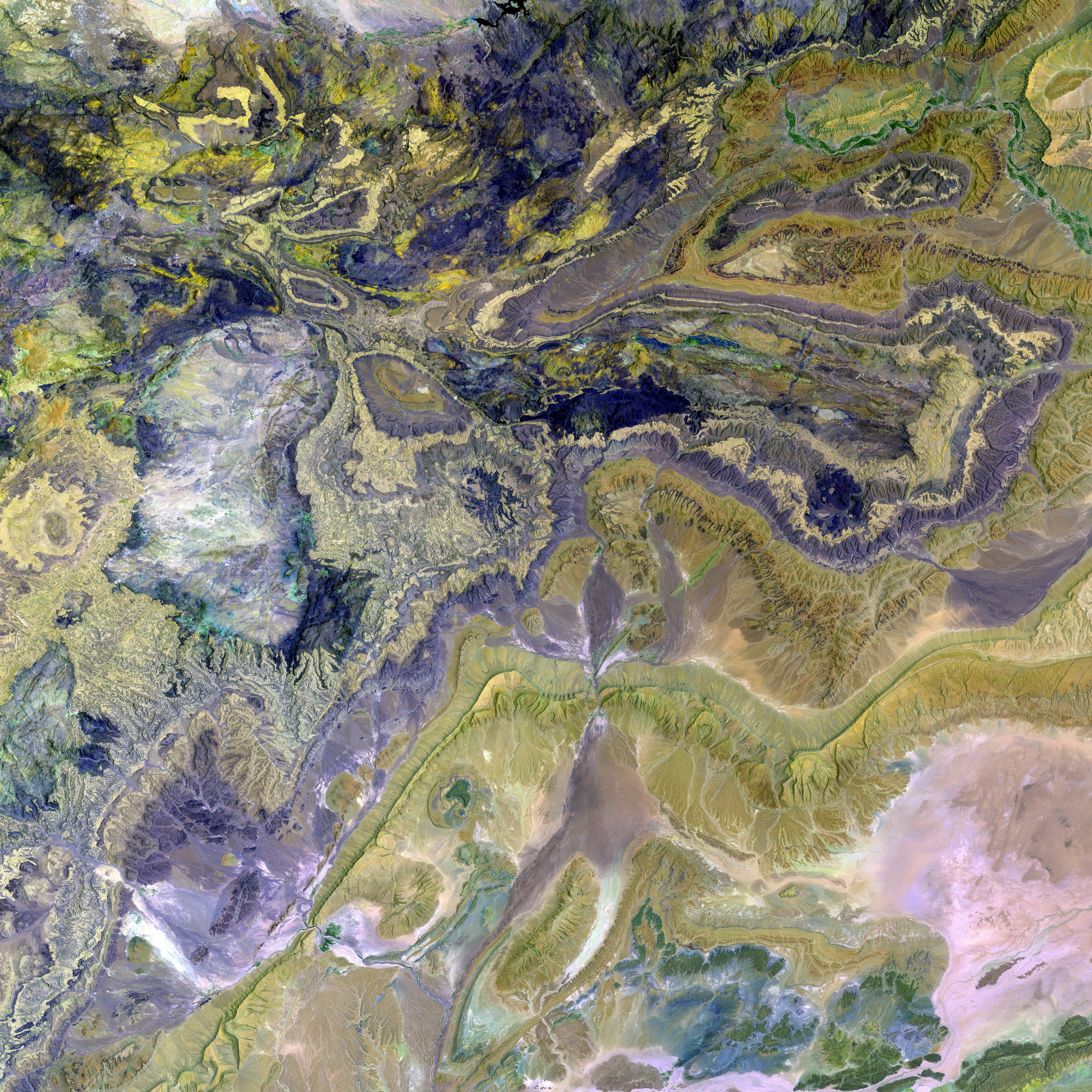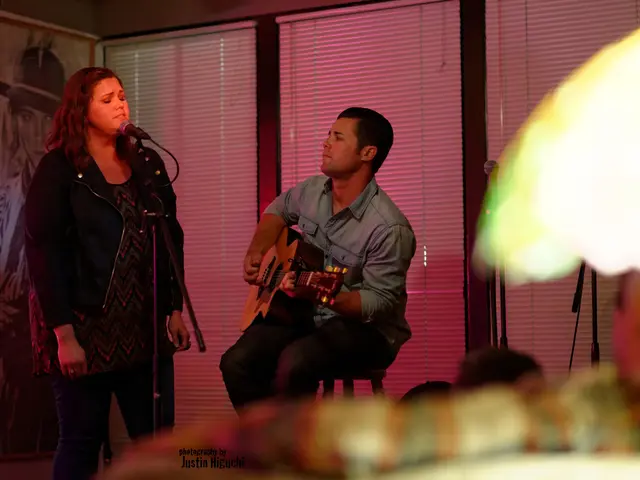Boosting Creativity with Stop-Motion Animation: A Possibility Worth Considering?
A magical world hides in plain sight, created one frame at a time since the late 19th century. This enchanting form of animation has captivated audiences worldwide, weaving enchanting stories that stir the heart and ignite the imagination.
Birthed in the early days of cinema, stop motion animation has evolved from a humble innovative technique into an art form attracting both fans and filmmakers alike. The inaugural pioneers, like J. Stuart Blackton and Albert E. Smith, breathed life into silent films with their ingenious experiments, ushering in an era of creativity and imagination.
"The Humpty Dumpty Circus," from 1898, marked a significant leap in film history. Utilizing jointed toys, audiences marveled at lifelike creations dancing across the screen. Fast-forward to "Hôtel électrique" in 1908, which employed pixilation—a technique that would later become a crucial component of stop motion filmmaking. This French film captivated viewers with a blend of live actors frozen ever-so-slightly between frames, creating mesmerizing movement that defied reality.
Centuries have passed, and stop motion animation continued to evolve. Willis O'Brien and Ray Harryhausen added sophistication to the art, bringing legendary films such as "King Kong" (1933) and "Jason and the Argonauts" (1963) to life. Audiences held their collective breath as clay, rubber, and puppetry came together to tell timeless stories of grandeur and adventure.
Fast-forward to the modern era, where films like "The Nightmare Before Christmas" and "Coraline" reign supreme. Techniques like claymation, object motion, pixilation, silhouette animation, and cutout motion have developed, providing animators with a veritable toolkit to bring their stories to life.
So, how can one embark on this creative journey? A starter's kit consists of essential tools for beginners: a camera, a tripod, and editing software. Mobile apps such as Stop Motion Studio aid newcomers in crafting their own magical worlds without overwhelming them.
As innovation rolls forward, stop motion animation retains a vital role in pop culture. Iconic works like "Wallace & Gromit," "Coraline," and "Kubo and the Two Strings" endure as cornerstones in the art form's history, inspiring new generations of animators to explore, experiment, and create.
Whether you're a seasoned film aficionado or a curious beginner, stop motion animation offers infinite possibilities for creative expression. Embrace the traditional artistry, delve into photography, sculpture, and storytelling—and unleash your imagination to tell your own tales frame by frame.
- Stop motion animation, an essential part of cinematic history, has influenced other aspects of entertainment, such as fashion-and-beauty and pop-culture, showcasing its impact on contemporary lifestyle.
- As gaming industries thrive, some developers have embraced stop motion animation, infusing movies-and-tv-inspired charm into their games, blurring the lines between two captivating forms of entertainment.
- The rise of the internet and social media has democratized stop motion animation, empowering aspiring animators to share their creations and connect with like-minded individuals, fostering a global entertainment community.
- The world of stop motion animation, with its countless possibilities, transcends traditional storytelling—it's not just entertainment, it's an expression of good old-fashioned creativity and innovation.








